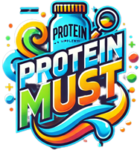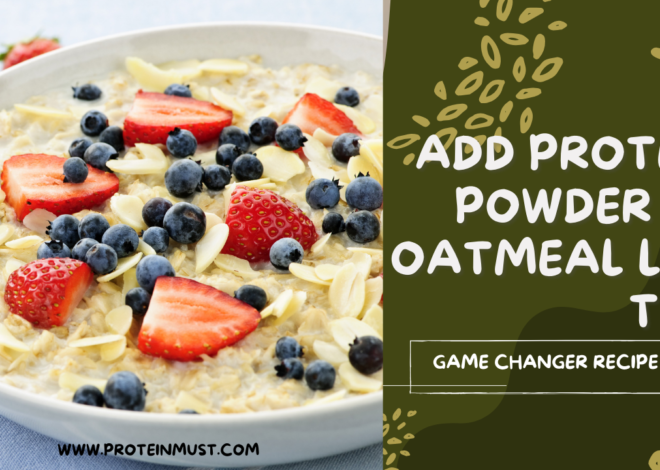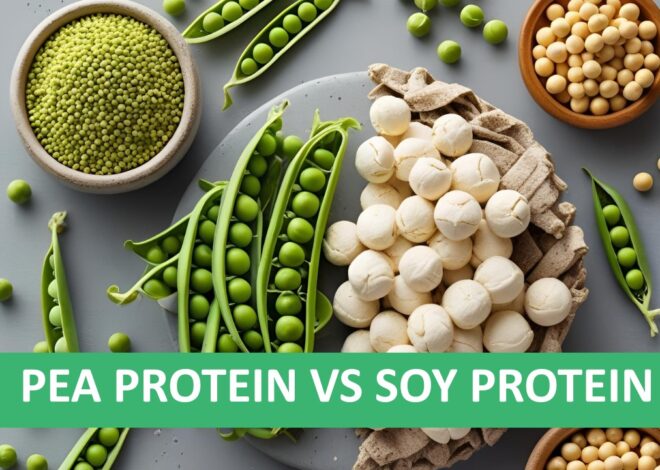
Best Time to Drink a Protein Shake? Experts Finally Answered
Protein shakes are a convenient way to meet daily protein needs, especially for those with busy lifestyles or fitness goals. They support muscle repair, growth, and recovery, making them ideal after workouts. Protein shakes also aid in weight management by increasing satiety and reducing snacking. Available in various flavors, they can be customized with fruits or nuts to enhance taste and nutrition. Whether for athletes, fitness enthusiasts, or individuals with dietary needs, protein shakes provide a quick, effective, and versatile solution for maintaining a balanced and healthy diet. You should always be aware regarding best Time to Drink a Protein Shake
When you drink a protein shake, whether before or after your workout, can make a difference depending on your goals. Every time can be a Best Time to Drink a Protein Shake. If your focus is muscle repair, having a shake after intense workouts helps replenish your body. On the other hand, drinking one before can fuel your body with protein, which is necessary for growth and performance. With the rise of these popular supplements, it’s no wonder they’re widely used to improve overall health and wellness.
Expert opinion at time to drink a protein shake
Many people consume supplements in the form of shakes to support building muscle or weight loss. Choosing the optimal time depends on your daily intake and whether you’re looking to preserve muscle or enhance recovery. For me, I’ve noticed that having a protein shake before weight training helps boost energy, while having it after maximizes recovery. With the rise of these popular supplements, it’s no wonder they’re widely used to improve overall health and wellness. Also read 5 ways how to make your protein shakes taste better. Research suggests it doesn’t matter whether you drink a protein shake before or after your workout you it can be the best Time to Drink a Protein Shake.

Best Time To Drink a Protein Shake?
When you drink a protein shake, whether before or after your workout, can make a difference depending on your goals. If your focus is muscle repair, having a shake after intense workouts helps replenish your body to make it best Time to Drink a Protein Shake . On the other hand, drinking one before can fuel your body with protein, which is necessary for growth and performance. Many people consume supplements in the form of shakes to support building muscle or weight loss. Choosing the optimal time depends on your daily intake and whether you’re looking to preserve muscle or enhance recovery.
Understanding the basics of protein
Protein is an essential nutrient with many roles in the body. It provides energy, supports growth, and helps repair damaged tissue. Found naturally in meats, fish, eggs, dairy products, grains, seeds, and legumes, it’s also available as protein powder for added convenience.
Types of Protein Powder:
Whey protein powder:
Popular types of protein powders include whey, a dairy-based protein rich in amino acids.
Casein protein powder:
Casein, another dairy-based option that absorbs slowly, making it ideal before bed.
Soy protein powder:
Soy a plant-based options linked to impressive health benefits that contains all the
essential amino acids
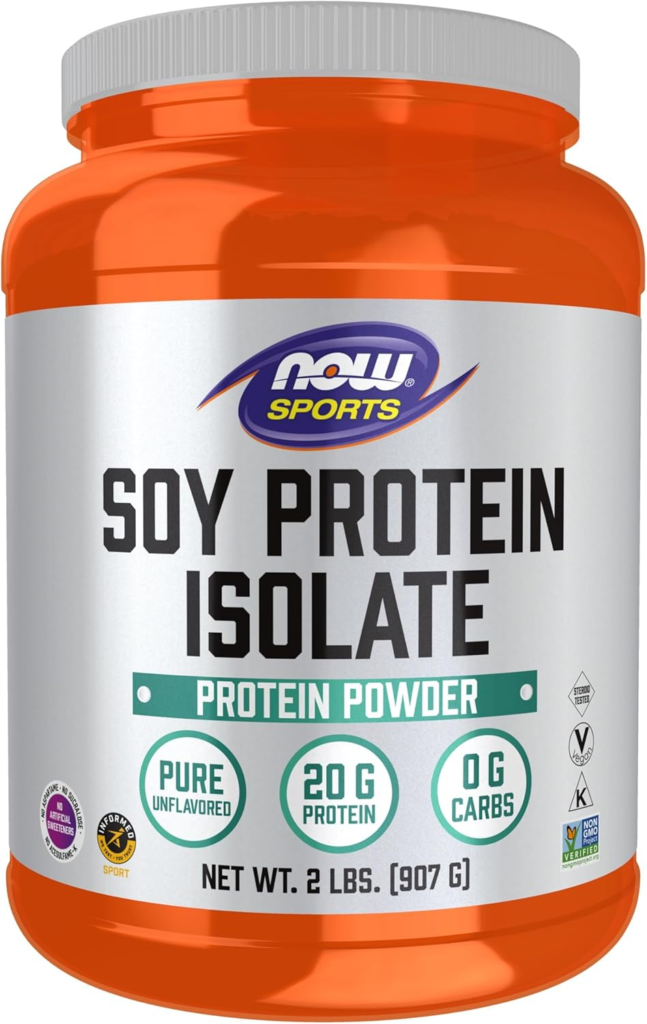
Pea protein powder:
Pea plant-based option, which lacks some nonessential amino acids, cysteine and methionine
Rice protein powder:
A plant-based protein with low levels of the essential amino acid which is low in lysine.
Hemp protein
Hemp protein, derived from seeds, offers fiber, omega-3, and omega-6 fats, though it’s also low in lysine.
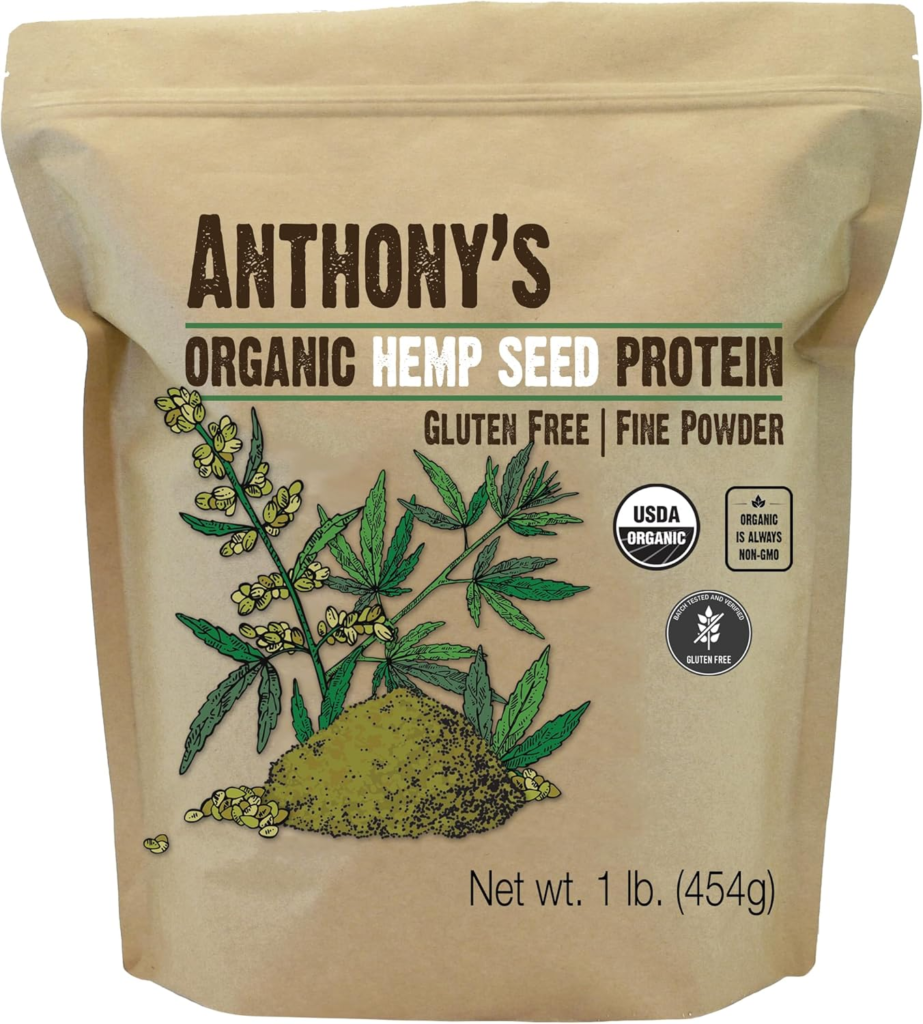
Protein Absorption
Protein absorption is influenced by factors like the type of protein, the fluid used, and the presence of other ingredients. Fast-digesting proteins like whey and water can enhance absorption, while fats and fibers may slow it down.
Factors Affecting Protein Absorption:
Type of Protein
The type of protein you select greatly impacts how quickly or slowly your body absorbs it. Whey protein, particularly hydrolysate, is the fast-acting king, followed by isolate and concentrate, while casein offers a slow-acting release for up to six hours. For plant-based options, soy and pea proteins provide quicker digestion than casein but are ideal for those who are dairy-free.
Type of Fluid
The fluid used to mix protein powder also matters. Water allows for the fastest digestion, while juice adds carbs to refuel post-workout.
Additional Ingredients
In contrast, dairy and nondairy milks, such as almond or coconut, slow absorption due to their fat content. Adding fruits, veggies, or nuts boosts flavor and nutrients but slows digestion, which is great for a meal replacement but not ideal post-workout.
Individual Factors
Age and medical conditions, like Crohn’s disease, also influence how well protein is absorbed.
Tips to Maximize Protein Absorption
Choose a fast protein:
To maximize protein absorption, choose a fast protein like whey protein hydrolysate or isolate if you can tolerate milk. For a dairy-free option, soy or pea protein offer a speedy alternative.
Use water:
Water is the best choice to mix protein, as it’s the fastest vehicle to deliver it to your body.
Limit other ingredients:
Keep your shake simple by limiting other ingredients like fruits, veggies, and nut butters, as the fiber and fat in these additions will slow absorption.
Stay hydrated
Staying hydrated is also essential for optimal protein delivery. To ensure your body is working efficiently, drink plenty of water throughout the day.
Protein Requirement
The Recommended Daily Allowance (RDA) for protein is typically 0.36 grams per pound of body weight, but this is often too low to support muscle recovery and growth. People who strength train may need twice the RDA—about 0.72 grams per pound. For example, a 150-pound person should aim for 109 grams of protein per day
Protein and time to consume it:
Why Timing Matters?
Timing plays a crucial role when it comes to protein consumption. After a workout, your body is primed to absorb and utilize any protein you consume. It’s important to understand whether your body is in a catabolic or anabolic state. When your body is in a catabolic state, it’s breaking down muscles during exercise. But once you finish working out, your body enters an anabolic state where it starts refueling and rebuilding muscles. The window of time after exercising is when your body is most efficient at utilizing protein to build muscle. This is the optimal time to consume protein, as your body is better at repairing and rebuilding worn-down muscles. Here comes the concept of Anabolic Window. Which is states as following
Anabolic Window
” The concept of drinking a protein shake within 30 minutes of exercise will maximize their results in the gym. This time period, known as the anabolic window, is thought to be crucial for muscle repair and growth, as your muscles are especially effective at absorbing protein during this short period. “
As per latest study explains the best Time to Drink a Protein Shake. It may not matter whether you drink a protein shake before or after your workout when it comes to optimizing muscle repair and growth. The idea that timing is everything is now being challenged.
Protein Shake consumption time based on Activity:
Best Time to Drink a Protein Shake
A study compared the effects of consuming protein before or after a workout on muscle strength and size. The researchers split 21 men into two groups, each receiving a protein shake with 25 grams of protein. One group received it immediately before the workout, while the other group consumed it immediately after. After completing a full-body workout three times a week for 10 weeks, the study found no significant differences in muscle strength or size. These results suggest that as long as you consume protein around your workout, it doesn’t matter whether it’s before or after training. You can choose the time that’s most convenient for you.
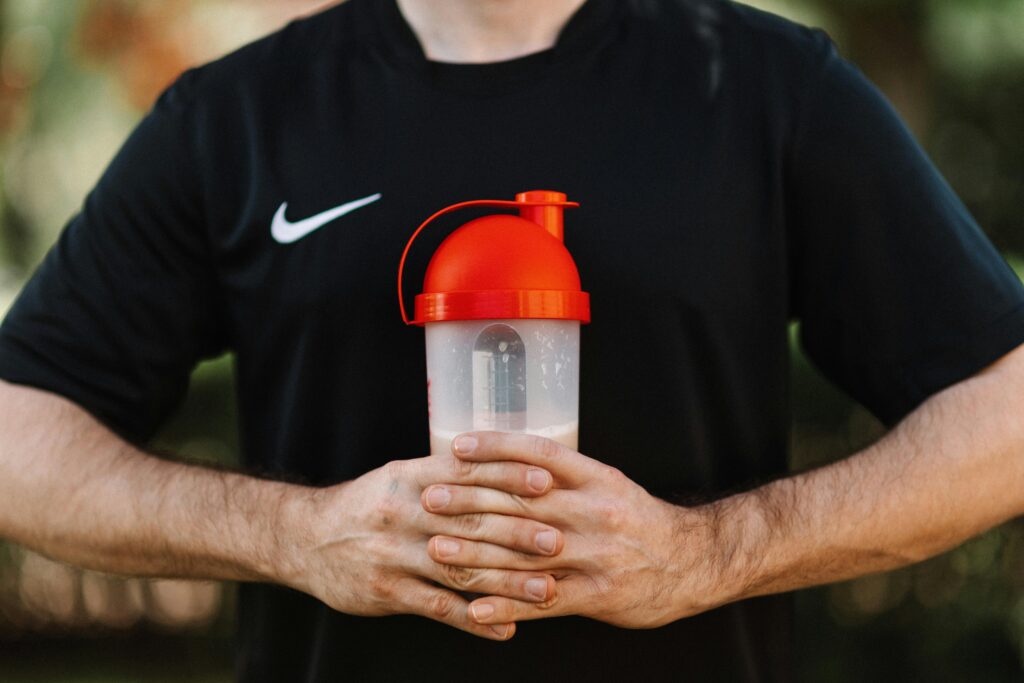
Protein Before Bed
For the elderly, as well as people looking to build muscle, increase strength, or improve exercise performance and recovery, taking protein before bed can be beneficial. It can be a Best Time to Drink a Protein Shake. A review of studies concluded that taking protein before bed is an effective strategy to promote muscle growth and help muscles adapt to exercise. Protein consumed before bed is digested and absorbed, increasing the availability of protein for muscle recovery throughout the night. To maximize muscle growth, scientists recommend consuming 40 grams of protein before bed. Studies have shown that casein protein before bed promotes muscle growth, even in less active elderly people. Casein is digested slowly, providing the body with a steady supply of protein through the night.
Protein Shake consumption time based on specific goals.
Loosing Weight
Protein is one of the most important nutrients for fat loss. A high-protein diet can help raise your metabolism and reduce your appetite. Protein reduces levels of the hunger hormone ghrelin while increasing appetite-reducing hormones like glucagon-like peptide-1 (GLP-1), peptide YY (PYY), and cholecystokinin (CCK). This means a protein-rich snack between meals may help you eat fewer calories later in the day. One study found that people who ate a high-protein yogurt snack consumed 100 fewer calories at dinner compared to those eating crackers or chocolate, even though all snacks provided the same number of calories. To maximize fat loss, aim to eat protein-rich foods throughout the day.

Building Muscle
Protein is essential for building muscle and strength. To build muscle, you need to consume more protein than your body breaks down during resistance training or weight lifting. The best time to consume protein for optimal muscle growth has been debated. Fitness experts often recommend taking a protein supplement 15–60 minutes after exercise, known as the “anabolic window.” However, recent research shows this window is much larger than once thought. The International Society of Sports Nutrition suggests consuming protein up to two hours after your workout to maximize muscle mass.
Preventing Muscle Loss
Maintaining muscle mass becomes increasingly important as you grow older. Research shows that after age 30, people lose roughly 3–8% of their muscle mass each decade. Unfortunately, this loss of muscle is linked to a higher risk of fractures and a shorter lifespan. To help prevent muscle loss, scientists recommend spreading protein intake evenly throughout the day. Aim to eat 25–30 grams of protein per meal to keep muscle mass intact. Most Americans tend to consume more protein at dinner than at breakfast, making it an ideal time to focus on adding protein to your morning routine.
Exercise Performance and Recovery
Athletes often wonder when to take protein for optimal performance and recovery. For endurance training, combining protein with a source of carbs during and after exercise has been shown to improve performance, speed up recovery, and reduce soreness. For example, a study of 11 cyclists found that taking a protein and carb beverage during training improved recovery and reduced muscle soreness. Similarly, for resistance training, protein helps improve both performance and recovery, whether or not it’s consumed with carbs.

General Health
Unlike carbs and fat, your body does not store protein for later use. Therefore, it’s important to consume a consistent amount of protein throughout the day. If you struggle to get enough protein during mealtimes, a protein shake can be a great supplement to your diet and ensure your body receives the essential macronutrients it needs. The best time for a protein shake depends on your personal schedule. If you find it difficult to consume enough protein at breakfast or have a busy schedule that makes lunch tough, that’s the ideal time for a protein shake.
Health and Safety Considerations When Consuming Protein Shakes
Following Health and Safety should be considered When Consuming Protein Shakes:
- Protein powders, as dietary supplements, are not reviewed by the Food and Drug Administration (FDA) before being sold.
- Purchase protein powders with caution and prioritize quality and safety.
- Look for brands with independent verification to ensure the product contains listed ingredients and is free of contaminants.
- Certifications are typically displayed on the label; check for them before buying.
- For better protein absorption, choose a fast-digesting protein like whey and mix it with water.
- For muscle gain or recovery, consume your shake immediately after a workout.
- To address protein gaps, take the shake whenever your daily protein intake falls short.
Frequently Asked Questions (FAQs):
How to Meet Your Protein Target?
Both animal- and plant-based foods provide essential protein to help you reach your daily target. High-quality animal sources include meat, poultry, dairy, and fish, while plant-based options include nuts, beans, legumes, and soy products. While research indicates that animal protein is more effective for building muscle, incorporating a mix of both types offers additional benefits.
Are High-Protein Diets Safe?
High-protein diets are generally safe for healthy individuals, and protein shakes can be used effectively as supplements. However, they should not replace meals and are best consumed between meals or around workouts. Concerns about high-protein diets causing kidney damage or osteoporosis are myths not supported by evidence.
When Is the Best Time to Take Protein?
The best time to consume protein depends on your goals. For muscle building or recovery, take protein immediately after a workout. If you’re supplementing your diet or addressing protein gaps, you can consume it at any point during the day.
Is Too Much Protein Bad for You?
The belief that consuming too much protein harms your kidneys, liver, or bones is a myth. Research shows that healthy adults can safely consume high amounts of protein without adverse effects. A recommended range is 0.6–0.9 grams of protein per pound (1.4–2.0 grams per kilogram) of body weight. Those preventing muscle loss can stick to the lower end, while individuals focusing on weight loss or muscle gain may aim for the higher end.
Can You Drink a Shake on an Empty Stomach?
Drinking a protein shake on an empty stomach is generally safe. For intense workouts, hydrating with water during exercise and consuming the shake afterward is ideal. If you’re lactose-intolerant, check for added lactose in shakes. Some weight-loss shakes with sugar alcohols may cause bloating, so it’s important to review ingredient labels.
Conclusion:
Protein is a versatile nutrient that plays a vital role in fat loss, muscle building, and improving exercise performance. It helps curb hunger, reduces calorie intake, and boosts metabolism, making it essential for weight loss. For muscle growth and repair, especially after resistance training, consuming adequate protein is crucial. Distributing protein intake evenly throughout the day helps preserve muscle mass and enhances recovery. To maximize the benefits, consider consuming protein between meals to curb hunger and post-workout to aid muscle recovery. Consuming protein within two hours of exercise can optimize muscle repair. Ultimately, incorporating protein strategically into your daily routine can help you achieve and maintain your health and fitness goals, whether you’re aiming for fat loss, muscle gain, or improved performance
